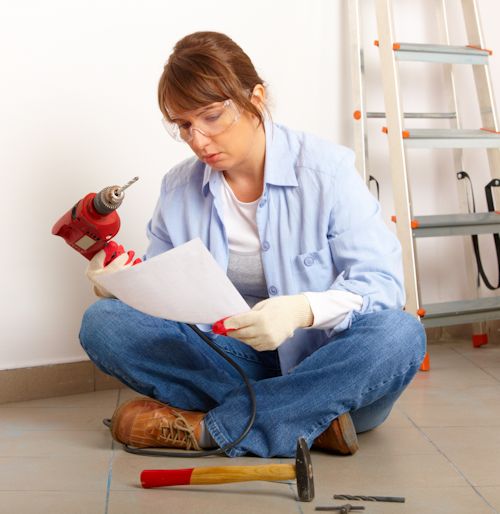Best Practices
It's important to be familiar with the tool you're going to use by reading the operator's manual and, if needed, get properly trained with on-the-job training from a competent person on how to operate the tool.
Make sure you know tool applications and limitations before you begin to use it. Make sure you leave the tool in good working condition when finished. Below are best practices prior to and after using power tools.
Before Operation
- Do not use tools that are or appear to be in disrepair.
- Clean the immediate work area.
- Keep the floor free of scraps and oil.
- Remove nails, staples, and loose knots before sawing.
- Protect the electrical cord. Keep the power cord out of the line of the cut. Serious shock may result if the cord is cut.
- Make sure there is proper ventilation when using pneumatic tools producing hazardous vapors in confined areas.
After Operation
- Never force an object into moving parts to stop the machine.
- Do not abruptly stop moving parts. After power has been turned off, allow it to coast to a full stop before laying it down.
- Do not leave the machine running unattended.
- Make sure all moving parts have come to a complete stop before making tool adjustments.
- Always clean power tools and make sure they are in good repair before putting them away.
Knowledge Check Choose the best answer for the question.
4-6. What should you do before operating a power tool?
You forgot to answer the question!

